An announcement of a merger or acquisition will prompt some staff worry about being laid off, not getting salary increases and competing with unknown talent. Their anxiety about the transition reveals itself in their assignments and interactions with their coworkers. Managers often must deal with general anxiety, reduced engagement and the spreading of incorrect information.
Mishandling this sensitive process can affect your business negatively. Absenteeism, loss of key employees, low morale and low productivity are some of the damaging consequences for not addressing a merger or acquisition appropriately. The following four tips should help your organization better navigate a merger or acquisition:
- Make Leadership Present
Forming a strong leadership team with members from both sides of the merger or acquisition will help smooth out the kinks of the transition. When both sides align to share the same vision, mission and strategy, employees have a solid support team to turn to. Before the transition is announced, make sure you identify the key leadership players and begin to strategize steps to handle the change gracefully.
Seeing leaders from both companies at ease and collaborating as plans are developed, showing enthusiasm and a common sense of mission for the upcoming transition will help employees feel more secure.
- Communicate Often and Through Several Channels
Rumors and inaccuracies arise when leaders “hide” information, worried that they will frighten staff by not coming out on day one with a “final plan”.
Create a solid communication plan your employees, leadership and other key stakeholders, such as customers and board members. Remember that your employees will want to know more than the details of the merger. They’ll want to know how their job will be affected, what their benefits will look like and who will manage them.
Bear in mind that employees do not expect you to answer every question they have from day one, but you should share with them a road map of the process, when key decisions may be made, and what your strong beliefs are about the future options. They should also know when and how they will receive communications.
Cascade messages through a variety of channels to ensure your stakeholders receive them. Additionally, practice two-way communication and readily take questions and suggestions from your team members. It can be helpful to have group meetings periodically where staff may ask questions.
- Start Early on Culture and Business Processes
A merger or acquisition requires the blending of two companies with distinct cultures and ways of completing work. One thing employees will want to know is how these two cultures and two types of business processes will integrate.
It is important that your leaders address this head-on. This does not mean that a final mission/vision/values statement is in order on day one of the process; however, there may be a similar statement in effect regarding the goals of the transition which would set the stage for the future.
Staff think of the merger as a light switch turning on. They wonder how quickly they will be expected to change their way of working. Carefully plan your new business processes, whenever possible, before the transition takes effect. Educate your staff on the new changes and how they might affect their workflows.
Communication is again important when telling employees that aspects of their job could be significantly altered. Always keep them in the loop.
- Take Care of Employees
Agreeing to merge with or acquire another organization may benefit your company financially, but it could hurt other areas of your business, specifically your talent. News of a merger or acquisition can leave even your star performers feeling nervous about their fate and the new set of employees they’ll have to work with.
The period before the official transition is a great time for competitors to pluck your top talent. Prevent this from happening by involving your staff through the transition process and getting them to understand how their role will fit into the changing organization.
Develop a retention strategy, such as stay-bonuses or packages, to make sure your stellar staffers don’t become enticed by competition. For employees you won’t be able to retain, let them leave the organization with dignity. Provide them with services to help them stay on their feet, such as resume reviewing. Additionally, show them that you appreciated their service by offering them a generous severance package.
There may be those groups that you are uncertain about; perhaps they will be retained, perhaps they won’t. It may be tempting to stay mum, but it sends a message to others in the organization about your level of transparency and sincerity. This is where frank but caring conversations can be helpful, along with the potential for stay-bonuses and the assurance of support or outplacement service should a lay-off occur.
For additional strategies to assist your workforce through a merger or acquisition, please contact a member of Catapult’s Advice Team. Catapult also has consultants to support should you need outplacement assistance.
Written by a Catapult Advisor.

